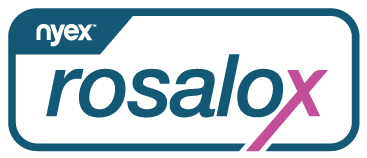Although Reverse Osmosis is a powerful and versatile water treatment, issues can arise due to fouling, scaling and, more importantly, chemical attack.
Historically, Granular Activated Carbon (GAC) filters have been used to remove organics and residual disinfectants from pre-treated water, as these can attack the membranes leading to inefficiency – and eventually damage them.
However, a GAC bed also has its drawbacks, primarily the fact that it loses its efficiency after a period of use leading to the requirement to take the array off-line and replenish the adsorbent media.
This media then needs either reactivating by a specialist contractor or dumping in landfill. Neither option is environmentally positive and both lead to additional expense and potentially interrupted production.


